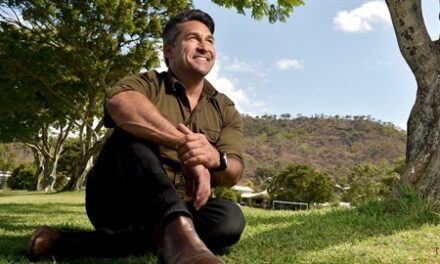Medicare is 40 and strongly supported by the community, but it is showing signs of wear and tear.
Medicare was introduced by the Hawke Government to make sure all Australians had affordable access to a basket of health services based on clinical need rather than ability to pay. But over time, particularly the last decade a number of problems have emerged.
Costs for patients have increased as bulk billing rates have fallen. A declining numbers of medical graduates want to be GPs as the gap with specialist incomes has increased. Serious ongoing chronic conditions have become a much bigger part of health care, but care for these conditions is fragmented and inefficient across GPs, specialists and hospitals. Dental care continues to be excluded from Medicare. Waiting times for elective surgery in public hospitals are a problem, exacerbated by increased demand from Covid and the costs of private health insurance continue to escalate if you want to get in more quickly.
These problems are worse for rural areas where it is hard to recruit health care staff and services are increasingly centred in major towns. People in rural areas continue to have worse health outcomes and greater difficulty accessing services than in metropolitan areas.
While Medicare remains strongly supported, there are increasing concerns about the equity, quality and cost.
The Federal Government has begun to take steps to strengthen Medicare by tripling the GP bulk billing incentive for children, pensioners and healthcare card holders and establishing 58 urgent care centres across the country.
The Member for Ballarat, Catherine King, has pointed out that since these changes came into effect, people living in the electorate of Ballarat have seen a 4.4 percentage point increase in the bulk billing rate, from 78.7% in October to 83.1% in December.
But significantly more needs to be done for rural Australians according to the National Rural Health Alliance.
Most serious commentators now agree that modernising Medicare will require a much greater emphasis on prevention and integrated care across GPs, specialists, hospitals and aged care services. Digital technologies and new approaches to virtual communication open up a range of possibilities to the way health care is provided and paid for that weren’t possible when Medicare was introduced.
It is worth remembering that Medicare and its predecessor Medibank were strongly resisted by the medical profession and the Coalition when they were introduced.
Nevertheless, Medicare has proved to be amongst the most significant social reforms in Australia’s history and today it is universally supported. It remains to be seen whether the Federal Government continues to patch up Medicare or introduce more thoroughgoing reforms to modernise it to meet the today’s health care challenges.





